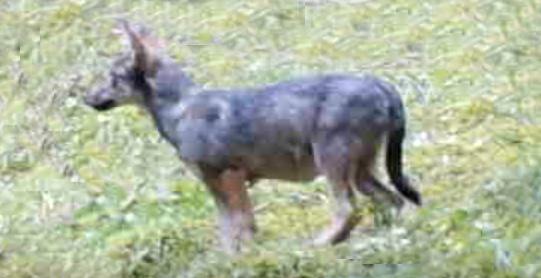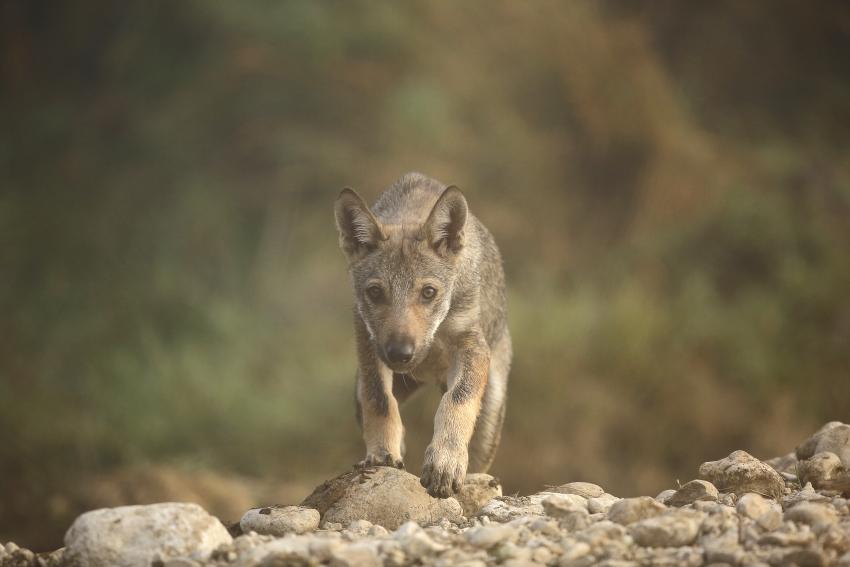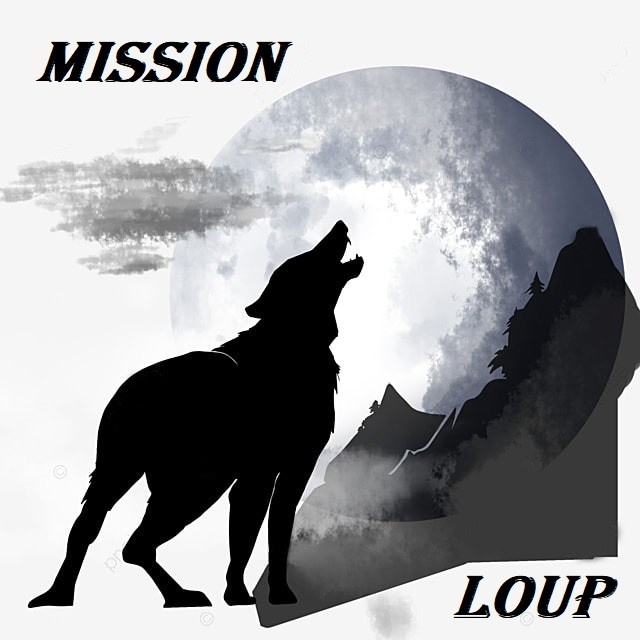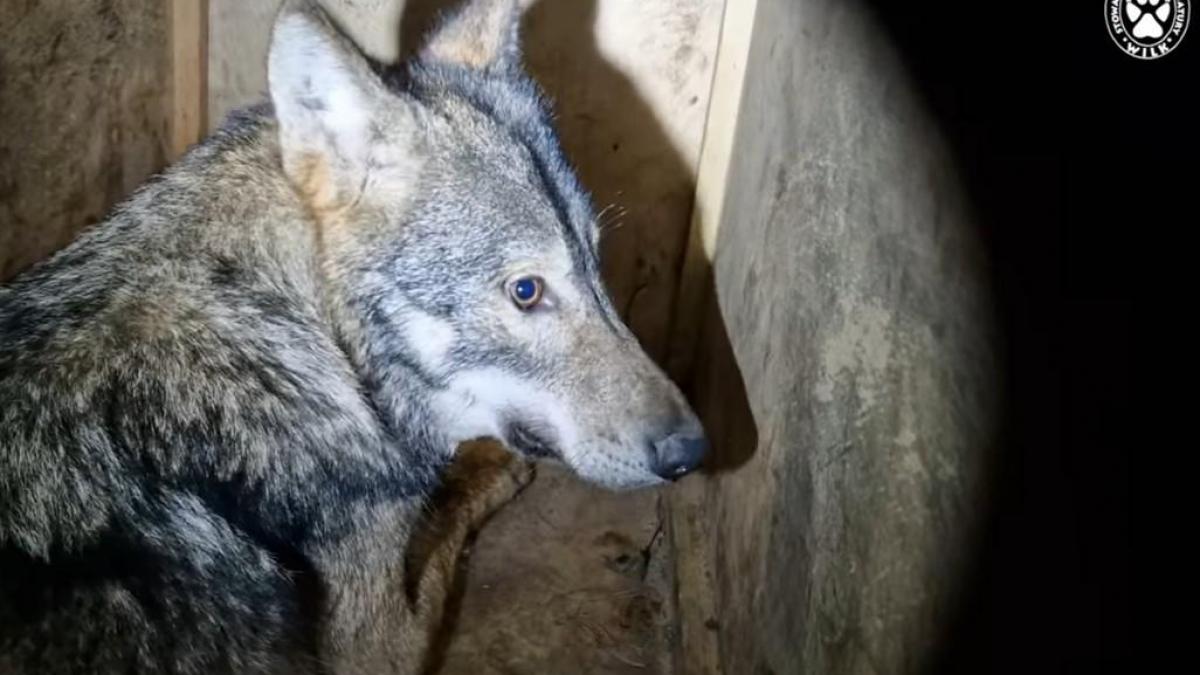Fieldwork can be particularly intense at certain times of the year. July and August are a perfect example. Indeed, after a 2-month break during which the couple give birth and take care of the cubs, limiting their movements, the period of intensive feeding and hunting begins, as explained in a previous article. Logically, this leads to the need to reflect and observe at length, in order to better understand the pack and the places likely to be most used in this new period, which is prone to certain changes.
The cubs were moved in July from the den to one or more "rendezvous places" (1). This changes the pack's habits quite a bit. So we need to think, adapt and, above all, observe, study in the field and also rely on what the camera traps tell us. We'd like to remind you of the immense importance of monitoring in the study of natural predators. We sort through no less than 1000 to 2000 videos per week, or more than 5000 to 8000 per month. Of course, 95% of them aren't about wolves, but about wildlife, humans and their activities. It's a titanic task, but vital to gather the information we need to study Arsene's pack
To reassure those who might be wondering or worried, any video not showing wild animals is immediately destroyed, in strict compliance with the relevant swiss laws and regulations. We point out that wolves frequently use human tracks and paths to move around, which means that we've to set camera traps in these areas to ensure reliable and professional monitoring. As we're also in close contact with American biologists, who have been studying the wolf for decades, we all agree on the non-negotiable importance of monitoring and setting camera traps on paths/trails to be able to study a species like the wolf. If you see a trap, don't touch it, just wave and smile, and keep in mind that, without this type of technology, we'd by far not have as much knowledge about the wolf today. And without this knowledge, the search for solutions to protect flocks and herds would also be less effective.
After a long observation period, we were delighted to find one of the meeting places and to be able to film Arsene & Lupine's new offspring with one of our camera traps. A huge thrill, since we hadn't expected to be able to gather this kind of information at this stage of the study. So we can now tell you that the pack's doing fine, that the new arrivals are gorgeous, fit, playful and curious. For obvious reasons, i.e. to guarantee the absolute safety of the cubs and pack, we won't be releasing any videos of the cubs for the time being. As soon as the official information is published and the cubs follow the pack wherever it goes, we'll share these fantastic, never-before-seen images with you. Exclusively, even if the quality isn't good at all (video screen capture), we show you a wolf cub of the Arsene's pack.

We've also managed, through patience, hard work and a bit of luck too, to identify the individuals currently present in the pack, on several levels. We can now, most of the time, recognize them on video, which can be a clear advantage in certain situations. We're very pleased with this important step forward and will continue to explore other aspects in order to deepen our knowledge of Arsene's pack.
To clarify the situation and some people's fears of a wolf "invasion", the mortality rate for cubs in their first year of life is 40-50%, rising to 60-80% in the first two years. This is mainly due to disease (genetic malformation, parvovirosis, etc.), accidents (natural or traffic-related), possible attacks by other predators or even fellow wolves, the use of illegal methods (poaching) or legal shooting (through official authorization). Between high mortality, the wolf's relatively low life expectancy in its natural state (5-6 years) and dispersal, during which the mortality rate rises sharply, there can be no overpopulation of wolves. So there's no point in making calculations or risky multiplications.
The good news is that Arsene & Lupine have enlarged their family, and that all are in great shape. See you soon for more news about the pack...
Dictionary
(1) Meeting place: this is the name given to the place(s) where the cubs are brought when they are old enough to move about, and where the parents/pack leave them to go hunting.
Article: TT - Mission Loup
Photo : Mission Loup & Fabien Bruggmann



